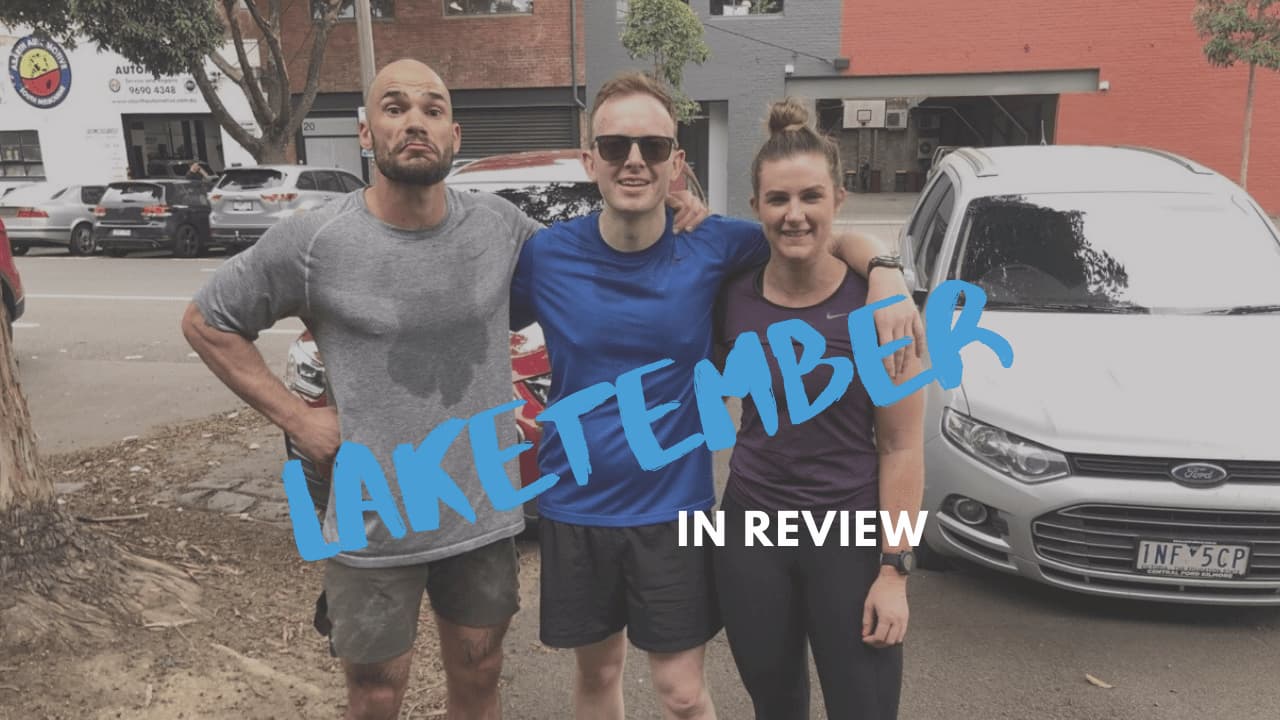
We are fast approaching the running season with some of Melbourne’s iconic running events.
Run 4 Kids, Great Ocean Road Running Festival, Run Melbourne and Melbourne Marathon to list a few.
These great events see our running volume and intensity beginning to ramp right up. So I’m here to give my top 5 tips to help you make the most out of your season and see you running personal bests rather than rehabbing injuries.
1. Make a Plan
Like the quotes says ‘failing to prepare, you are preparing to fail’
When it comes to long endurance events, preparation is key. Knowing exactly what is required from you as the athlete will set you up for success. Acknowledging the distance and respecting the training. By making a plan you are able to look at the training process as a whole. What is needed to get you to the start line and to conquer the race. For many this may include getting a coach for guidance, or developing a week by week program to follow over the build. Whichever direction you decide, ensure that throughout that plan you are adaptable. Life happens, which can cause some sessions to be missed. And thats ok, as you have a overall plan of attack. One missed session in scheme of a 12-14 week build is ok.
While making your running plan, researching what the course is like, does it have hills, is it flat or is it on a trail? Whichever it is, replicating those conditions in training will enhance your result come race day. Finally when planning, what month does your run fall in? Will it be hot or in the cooler months? Ensure you get training in similar race day conditions will also set you up for success.
2. Progressive Overload
Progressive overload is how our bodies adapt to the volume of training. When it comes to running, to often I have heard of people going from 1 run to 4 in a week and very shortly after that becoming injured, Their bodies simply weren’t conditioned to that amount of training in such a short period of time. As I said previously, acknowledging and respecting the distance is crucial. Slowly increasing the kilometres and time spent running each week, allows the body to adjust to the impact of running and in return build a strong cardiovascular fitness level. Every 2-3 weeks ensure there is a deload week where your body has a chance to recharge and recover from the previous amounts of running.
Progressive overload is also a great way to approach your running if you feel like you have hit a wall. If you don’t seem to be getting any faster in your runs. We tend to be creatures of habit, doing the same thing over and over. Or in this case running the same route or same distance each week. By changing the intensity or duration or adding hill repeats to the run will push our bodies that little more and increase muscle speed and strength which will improve our overall performance come race day. Again this is done progressively over the build to maximise the benefits of adding the different intensities.
3. Include Strength Training
A hot topic in the endurance world is strength training. This is absolutely key to include if you are running. Strength training will enhance and protect your body against the impact that occurs when running. Targeting the muscles through the hips, glutes, legs are core that will help develop strength and power while keeping the body in balance. The stronger you become from strength training the more resilient your body becomes from the repetitive movements of running. Also the strength training can aid in improving your run efficiency, allowing your to run for longer and finishing faster.
4. Activation and Mobility Pre Sessions
Consider activation and mobility pre and post sessions as injury prevention. If we get our muscles firing pre run we are setting ourselves up for the best possible session. Activation through the muscles we create blood flow, more oxygen is sent to the working muscles warming them up to allow them to be stretched freely rather than stiffening up, think of the muscles as an elastic band.
Activation and mobility exercises should be completed prior to the workout, completing movements or muscles groups that are used in the session this will ensure connections from central nervous system to the muscles are ready for activity.
5. Sleep
Sleep is where the magic happens. Its when and where our body recovers from what occurred that day and the training sessions involved. Running depletes our energy, fluid and can slowly begins to breakdown our muscles. Therefore quality sleep is essential to ensure our bodies are recovering so we can back it up the next day without feeling fatigued.
Sleep quality can be improved by reducing disturbances by wearing earplugs and sleeping in a cool, dark room. Following a pre-sleep routine of relaxing activities, avoiding light exposure from screens in the hour before bed, avoiding stimulants such as caffeine after noon and alcohol in the evening may increase your sleep quality and duration.
6. Protect your assets
Ensuring you look after yourself with the best team around you. You should look at including in your team a personal trainer or strength and conditioning coach, a myotherpist or great remedial massage therapist, a physio/osteo or chiro (pick your poison) and a great private health insurance provider. Our tip for finding a provider best suited to someone with serious goals is to use a comparison site such as Compare Club for your private health insurance.
I hope these tips can help you have your best running season yet. I’d love to hear from you about what protocols you use to help keep your body injury free.
Happy running,